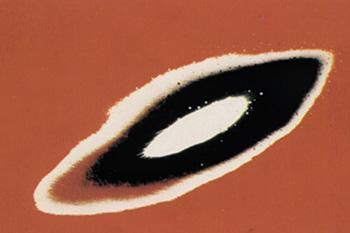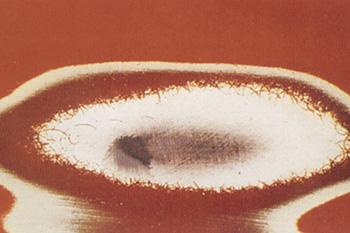Paint defect identification
All Information about THE SAND-THROUGH METHOD
THE SAND-THROUGH METHOD
The sand-through method is a simple way to diagnose paint damage more accurately on site and determine the required repair method. The various layers of the paint system can be seen in the sand-through area. This method allows to identify the materials used, the order in which the layers were applied and the approximate film thickness of the individual products. It also helps to determine application errors. To do this, the damaged area is sanded down to the bare metal.
This can be done using P240 sanding paper. To finish off, sanding should be performed with as fine a sanding paper as practical (e.g., P600 wet). In order to judge transitions between the different paint layers and the results of intermediate sanding, the sand-through area can be lightly polished.


Which paint defects can the method be used for?
The following types of paintwork damage can be easily assessed using this method:
- Blistering (see also entry on “Blistering”) Blisters show as differently colored spots in the next layer because the topcoat was lifted in this area.
- Cracking (see also entry on “Cracking”) The depth of a crack in the paint system can be detected easily in the sand-through area. Apply guide coat or ink to the surface before sanding through for better identification (wipe material into the crack and leave to dry).
- Solvent boils/popping (see also entry on “Solvent boils/popping”) This type of defect is often mistaken for dirt inclusions and is not always easy to identify. The defect shows as small cavities in the layer concerned.
- Cratering (see also entry on “Cratering”) Cratering shows as flat recesses in the old paintwork or on the surface of the new paintwork or as wetting problem with regard to the substrate.
- Pinholing (see also entry on “Pinholing”) Pinholes originate from solvent boils or pores in the substrate.
- Sanding marks/Sinkage: Sanding marks appear as color-filled lines in the paint layer. The sanding pattern will indicate the method of sanding used (hand or machine).
- Number of paint layers of the old paintwork: The layers of paint, like the rings in a tree trunk, are exposed by sanding. With this method, it is possible to say exactly how many coats of paint have been applied to the car and whether there is a risk of overloading the paintwork when repainting.
 A brand of
A brand of